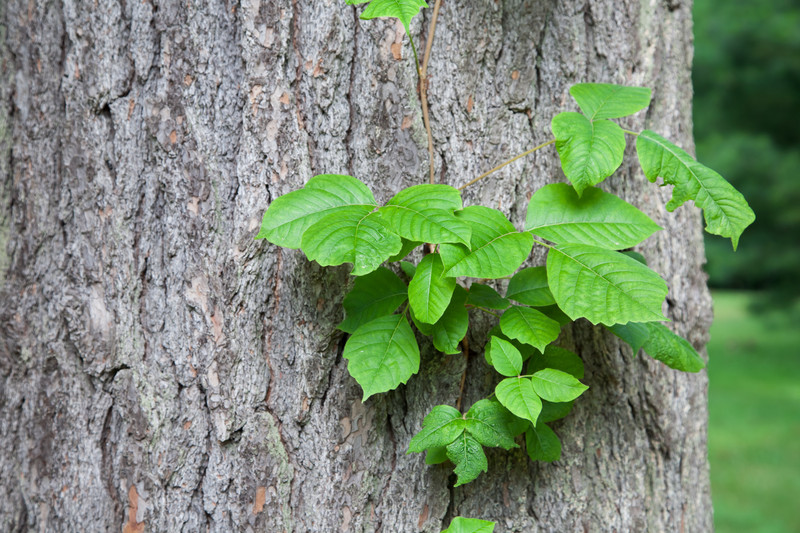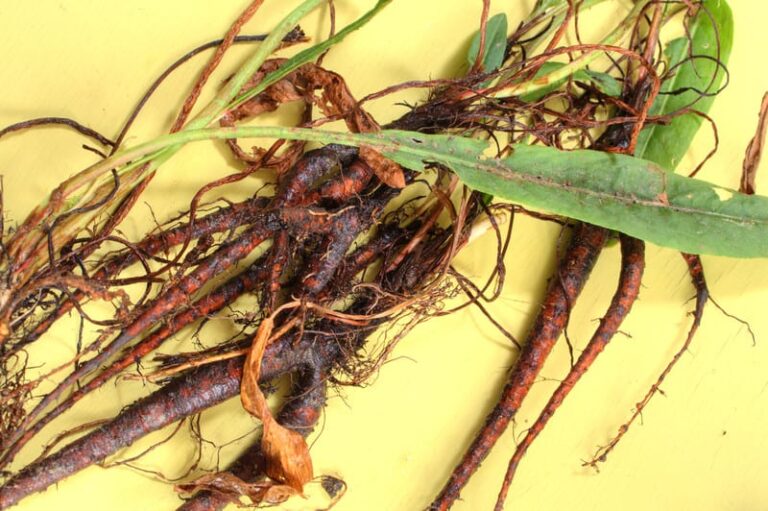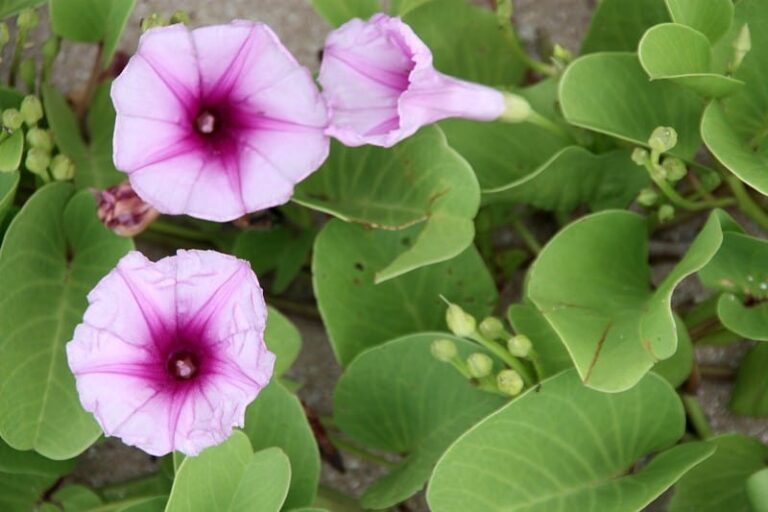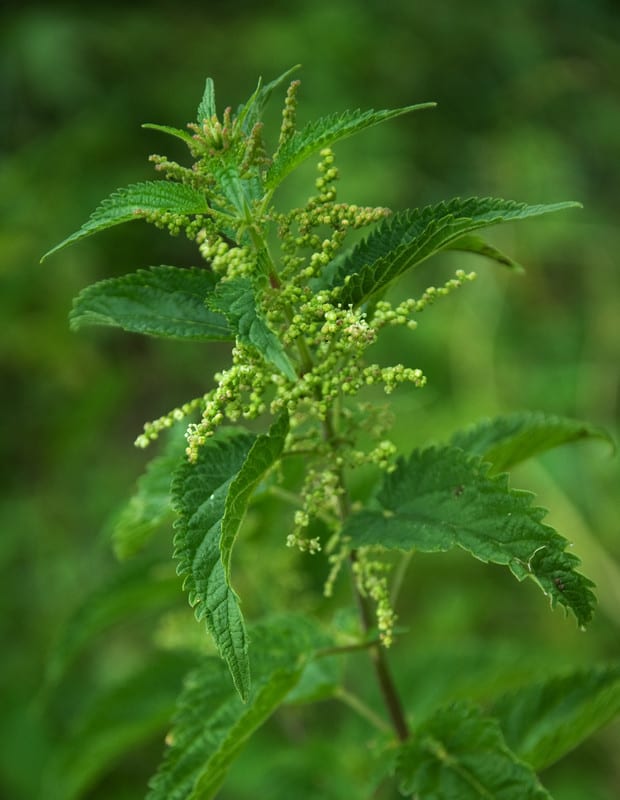Poison Ivy Organic Weed Control
Poison ivy grows as a deciduous shrub or vine. A resin that covers the leaves, stems, fruits, and roots are toxic and commonly causes severe, painful skin rashes.
Botanical name: Taxicodendron radicans
Organic Weed Control at Amazon
- Monterey Vegetable Pre-Emergent Weed Control
- Homietina Heavy Duty Weed Barrier Fabric 4×300-feet
- Preen Natural Vegetable Garden Weed Preventer
- Green Gobbler 20% Vinegar Weed and Grass Killer
- WeedGuard Plus Biodegradable Paper Weed Barrier

Poison ivy description and life cycle
- Grows as a bushy shrub to 3 feet tall or climbing or creeping vine in shade.
- Compound leaves bear three oval, pointed leaflets on long petioles; alternate on the stem.
- Leaves to 10 inches long; glossy or dull green hairy or smooth with even margins or slightly toothed or lobed margins.
- Leaves reddish when young, become glossy dark green in summer; bright orange to scarlet in fall.
- Resin on leaves causes severe contact dermatitis in most people.
- Yellow-green flowers grow in panicles
- Blooms late spring through mid-summer.
- Fruit is dry, cream to yellow drupe or stone fruit.
- Running roots extend to 12 feet from the plant.
- Seeds are commonly spread by birds that eat the fruits.
- Prefers light, rich soil but will grow in dense clay and sand.
- Grows in sun or shade.
Poison ivy root system
Poison ivy has a very tenacious root system that spreads horizontally underground for several yards. Roots can send up new plants from nodes along the root length. If any part of the root remains in the ground after weeding, the plant will likely grow back. Poison ivy also produces aerial roots that attach to trees, shrubs, and fences when it grows as a vine. These roots look like hairs growing from the vine.
Poison ivy organic controls
- Wear protective clothing.
- Cut the plant to its base then dig out the roots; all parts of the plant must be removed.
- Put all plant debris in a plastic bag and put it in the garbage.
- Do not burn plant debris; some people are extremely allergic to poison ivy fumes.
- If touched, wash immediately with half and half mixture of alcohol and water mixed with 5 percent chlorine; do not wash with oil-based soap, you will spread toxins.
Poison ivy range
Throughout the United States east of the Cascade Range and Sierra Nevada and southern Canada.
Four quick ways to control weeds
- Weed early. Control weeds in the first month after they germinate.
- Weed often. Hand weed every two weeks through the season.
- Weed by hand when the soil is wet (best to get roots).
- Use a hoe if the soil is dry. Decapitate weeds before they flower and drop seed.
Related articles:
Vegetable Garden Organic Weed Control
Vegetable Garden Organic Pest Control
Vegetable Garden Diseases Problem Solver
Garden Planning Books at Amazon:






